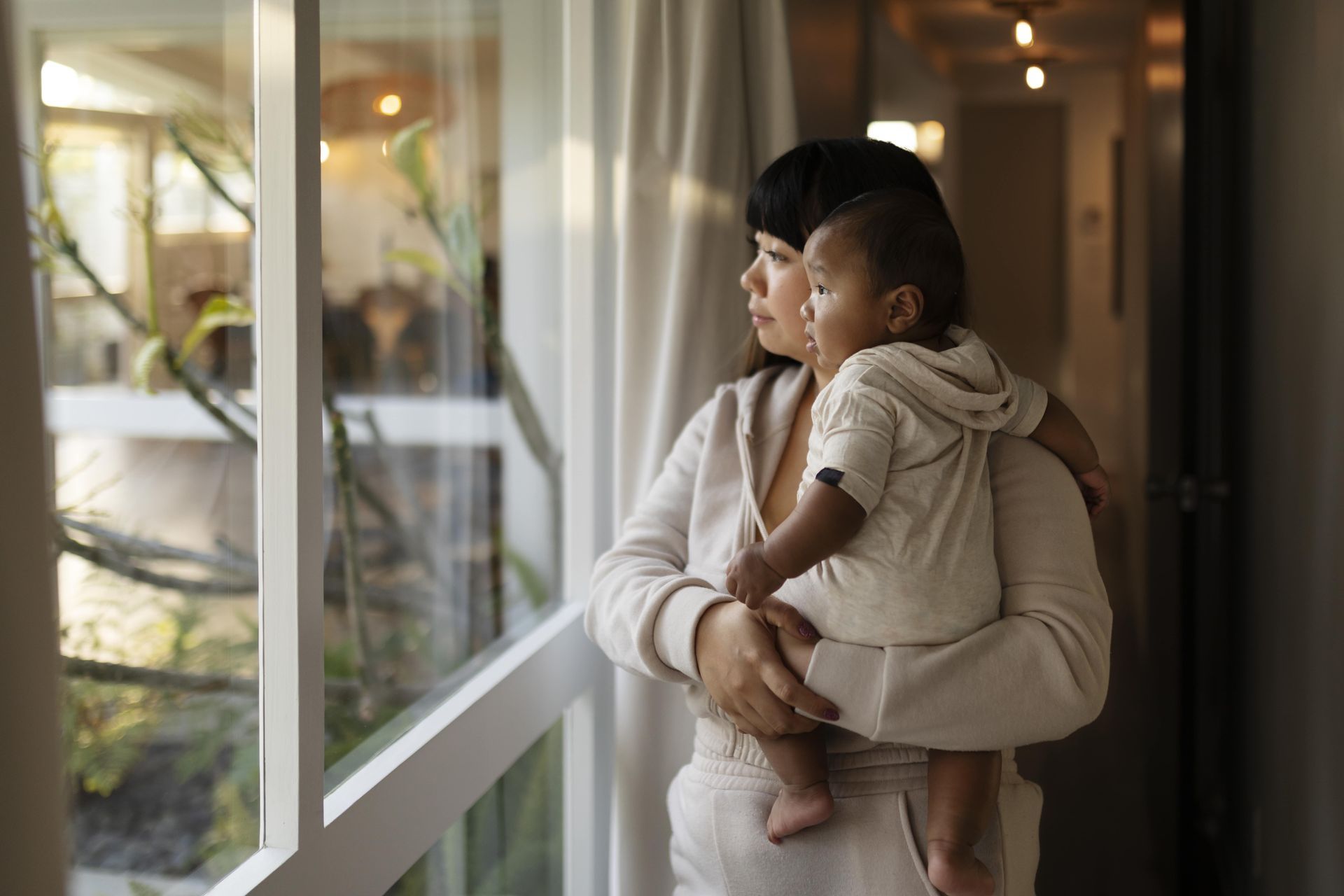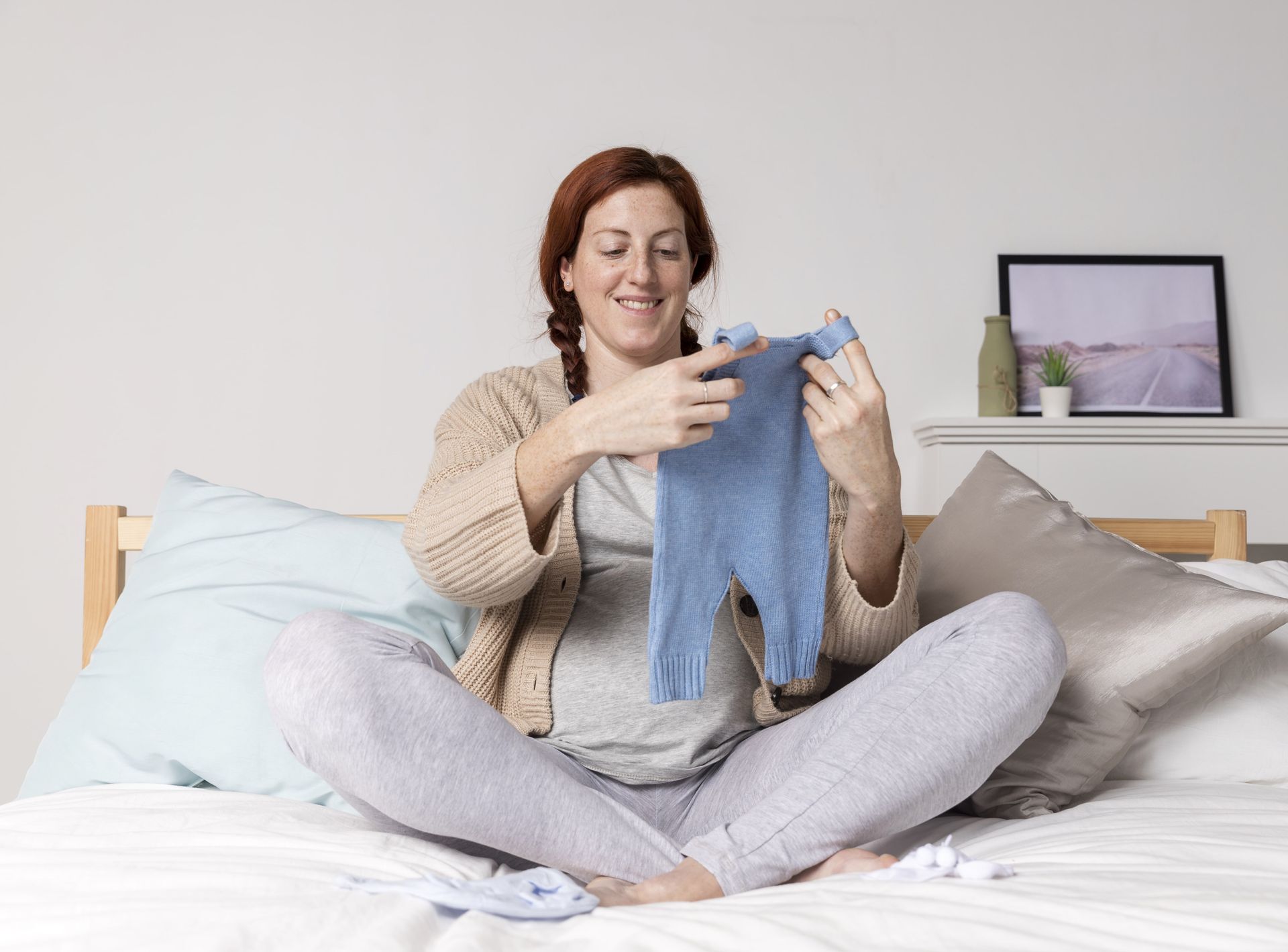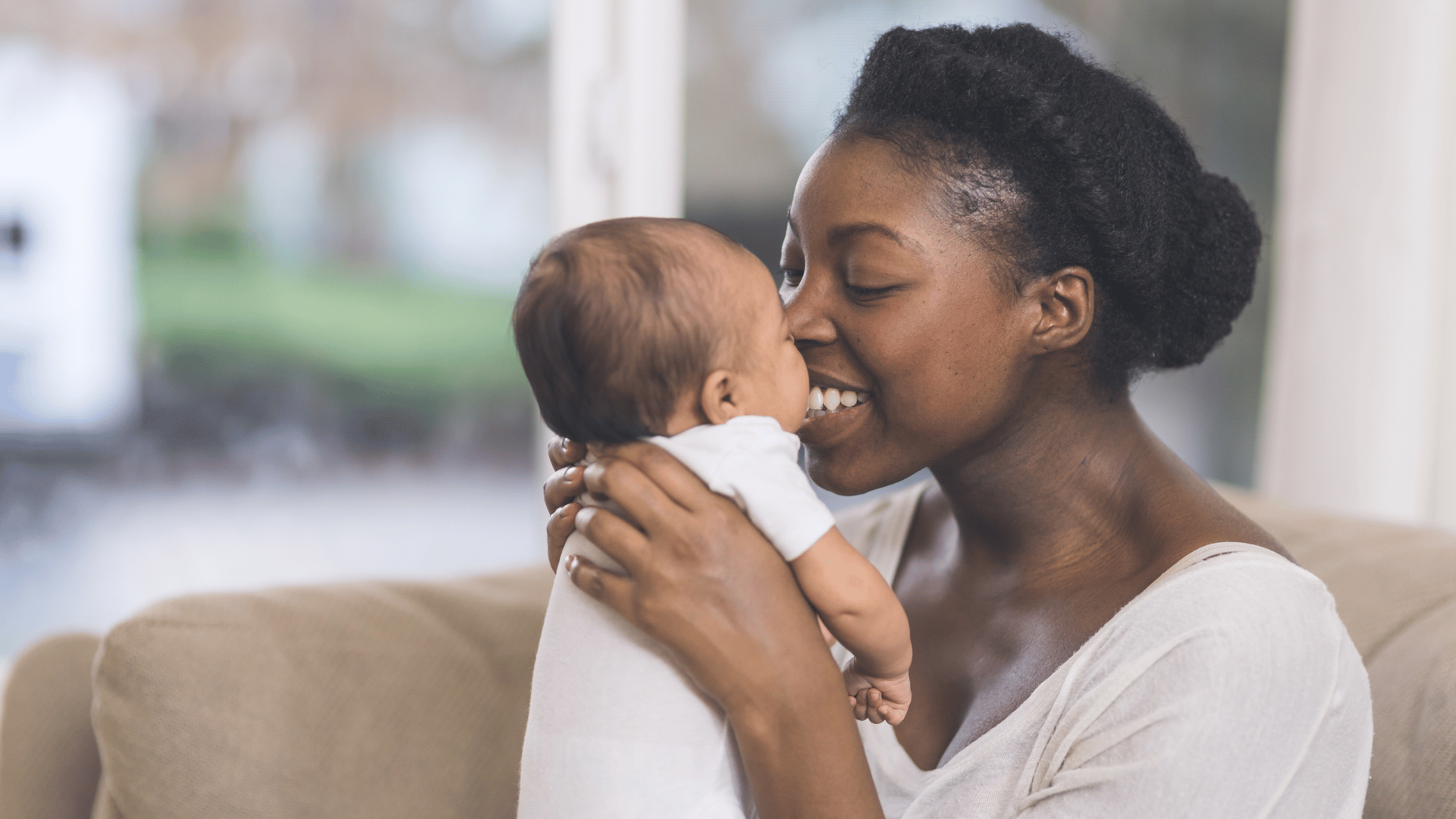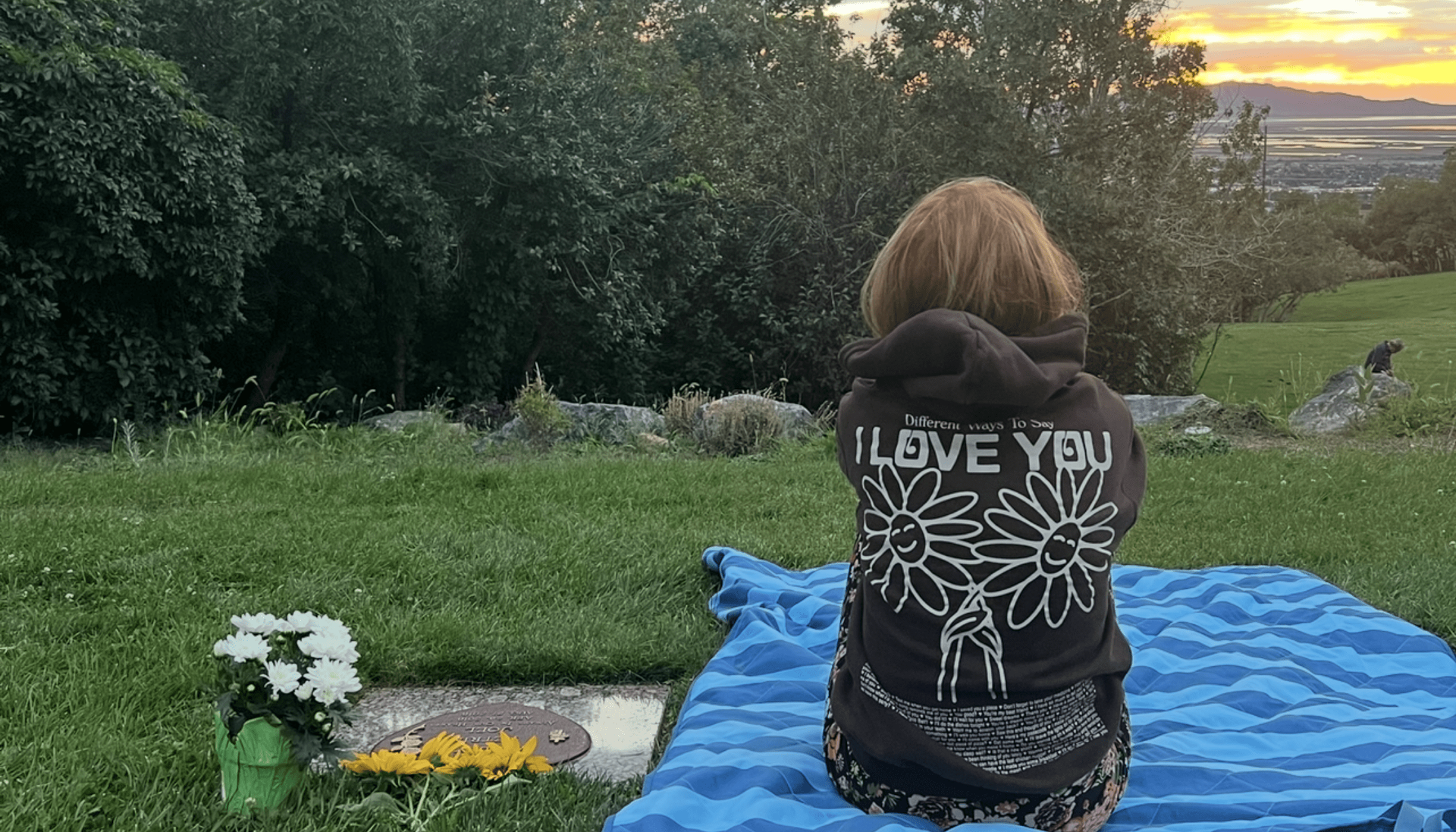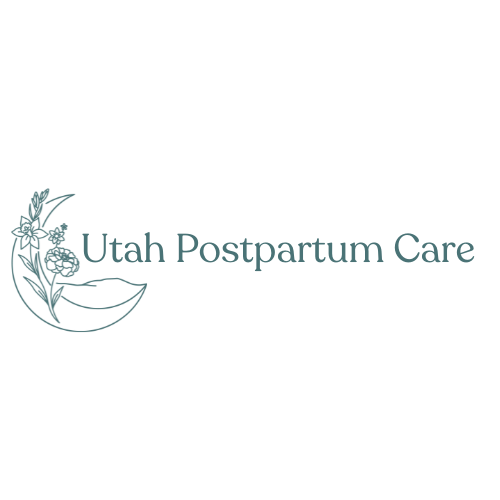Reducing the Risk of SIDS: Gentle and Practical Safe Sleep Tips for Your Baby
Reducing the Risk of SIDS: Gentle and Practical Safe Sleep Tips for Your Baby
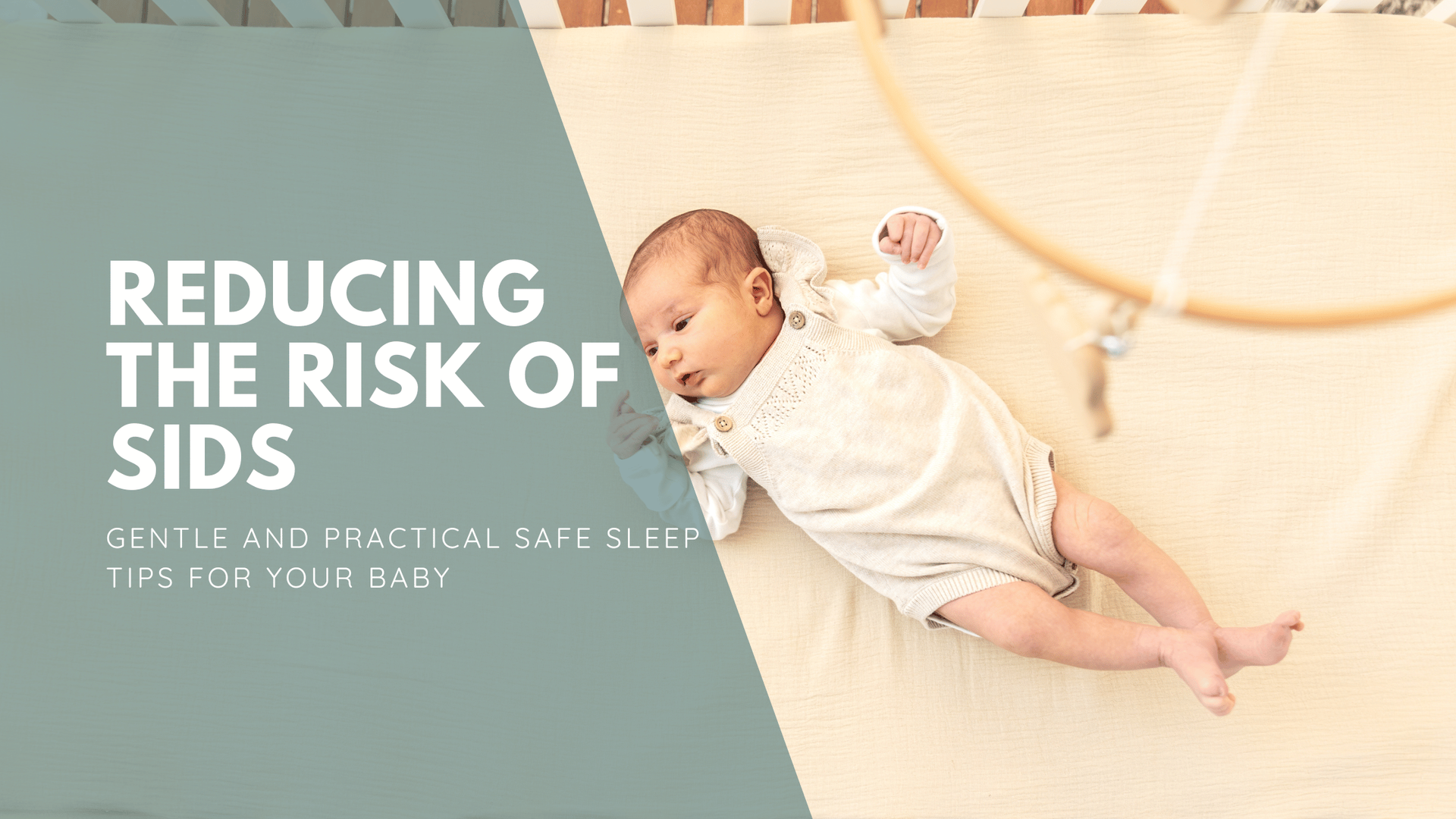
Trigger warning: infant loss
This topic is tender and deeply personal for many families, and it deserves to be handled with softness.
Before we dive in, I want you to know this:
You are doing your best. You love your baby. And learning about safe sleep is not about fear. It is about support, confidence, and giving your baby a safe place to rest.
This topic holds a special place in my heart. Years ago, I supported a close friend through the loss of her baby, and it shaped the way I show up for families today. I learned how deeply parents love, how fragile life feels, and how much comfort comes from having gentle, realistic guidance. Safe sleep is not about fear for me. It is about honoring babies, protecting families, and helping parents feel confident in the choices they make.
Let’s walk through safe sleep in a warm, simple, no pressure way so you can feel empowered, not overwhelmed.
What Is SIDS?
Sudden Infant Death Syndrome is the unexplained death of an infant under one year old, usually during sleep. We still do not know all the causes, but we do know that a safe sleep environment can significantly lower the risk.
You cannot eliminate the risk entirely, but you can reduce it in meaningful and protective ways.
Back to Sleep, Every Time
Place your baby on their back for every nap and every bedtime.
This position keeps their airway open and is the number one way to reduce SIDS risk.
If your baby rolls on their own later on, that is different. But in these early weeks, always start them on their back.
A Firm, Flat, Safe Sleep Surface
Your baby needs a safe place to rest.
A safe sleep space looks like:
- A firm mattress
- A fitted sheet
- No blankets, stuffed animals, or pillows
- No wedges, positioners, or inclined surfaces
Cribs, bassinets, and pack and plays are all safe options as long as they follow current safety standards.
A Clear, Simple Sleep Area
Minimal is safest.
Your baby’s sleep space should have:
- A firm mattress
- A fitted sheet
- Nothing else
I know Pinterest nurseries look beautiful, but safe sleep is simple and plain. Your baby does not need extras to sleep safely.
Room Share, Not Bed Share
Keeping baby in your room for the first six months can reduce SIDS risk by up to 50 percent.
Your baby sleeps in their own safe sleep space next to your bed so you can easily see and hear them.
If you choose to bed share, it must be done safely and intentionally, not accidentally at 3 a.m.
Follow the Safe Sleep 7:
- Non-smoking parents
- Sober parents
- Breastfeeding parent
- Healthy, full-term baby
- Baby on back
- Safe surface
- No overheating
Avoid bed sharing with:
- Toddlers and older kids
- Pets
- Loose blankets
- Pillows
- Deep beds and soft mattresses
If you want ongoing education on safe bed sharing, follow @happycosleeper on Instagram. She shares evidence-based tips in a pressure-free way.
Avoid Overheating
Babies sleep safest when they are cool.
Keep the room between 68 and 72 degrees, use a sleep sack instead of blankets, and watch for signs like sweating, flushed cheeks, or damp hair.
Pacifiers Can Help
Offering a pacifier for naps and bedtime may reduce the risk of SIDS.
If your baby will not take one, that is completely okay.
If it falls out, you do not have to put it back in.
Breastfeeding Helps Too
Breastfeeding, even partially, is known to lower SIDS risk.
This is not a moral issue. It is simply biology.
Feeding your baby in any safe and loving way is what matters most.
Keep Smoke and Toxins Away
Smoke exposure increases SIDS risk even if the smoking happens outside.
Try to keep the home well ventilated and limit the use of strong fragrances, harsh cleaners, or chemical aerosols around the baby.
Stay on Top of Baby’s Checkups
Your pediatrician appointments matter. Vaccines and weight checks help protect your baby from infections and concerns that could affect breathing or sleep.
Make Sure Everyone Knows the Safe Sleep Rules
Grandparents, babysitters, daycare, your partner… anyone caring for your baby should follow the same safe sleep routine.
You can even make a simple checklist to put near the crib.
Consistency gives your baby the safest start.
You Are Not Alone in This
Learning safe sleep can feel overwhelming, especially when you are tired and navigating postpartum emotions. You are doing your best, and that is enough.
If you need help creating a safe sleep setup, building sleep routines, or feeling confident with newborn care, our team at Utah Postpartum Care is here to support you with calm, practical guidance.
You deserve to feel prepared, grounded, and supported, not scared or confused.
Reach out anytime. You do not have to walk this journey alone.

